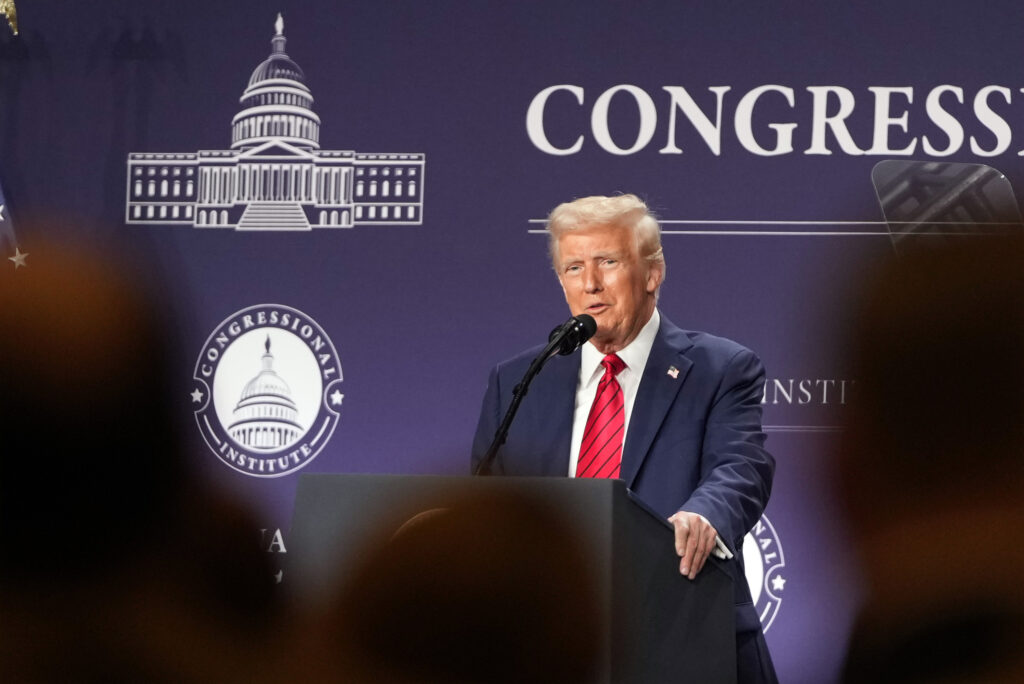In 2025, the Trump administration’s abrupt cancellation of hundreds of climate-related federal grants has sent shockwaves through the environmental sector. These grants, originally awarded under the Inflation Reduction Act, were designed to fund a broad array of climate initiatives across the United States. Their sudden termination has left organizations scrambling to maintain momentum on crucial projects addressing clean energy, disaster preparedness, and carbon reduction efforts.
Legal Challenges to Grant Cancellations
The decision to terminate these grants has not gone uncontested. Several climate organizations and advocacy groups are pursuing legal avenues to challenge the administration’s actions. Earthjustice, the Southern Environmental Law Center, and other legal entities have filed lawsuits demanding that the Environmental Protection Agency (EPA) reinstate canceled grants and honor existing commitments.
Additionally, the Coalition for Green Capital (CGC) has filed a breach of contract claim against Citibank for freezing funds allocated through the EPA’s National Clean Investment Fund, underscoring the complexities created when private financial institutions are involved in federal climate initiatives. States with significant climate agendas, including New Jersey and New York, are evaluating their own legal strategies to unfreeze these critical federal resources, highlighting the growing tension between state and federal priorities in environmental protection.
Exploring Alternative Funding Sources
With federal support now uncertain, climate organizations are turning to alternative funding strategies to sustain their operations. These include:
- Private Foundations: Philanthropic organizations such as the Bezos Earth Fund, Bloomberg Philanthropies, and the William and Flora Hewlett Foundation are stepping in to fill gaps. Nonprofits with preexisting relationships with these foundations may find it easier to secure replacement funding.
- State and Local Government Programs: States like New Jersey, which have robust climate initiatives, are leveraging local agencies and programs to continue projects, particularly in areas such as community solar and agrivoltaics, which integrate solar energy with agricultural operations.
- Corporate Sponsorships: Some organizations are seeking support from environmentally conscious corporations. While corporate funding can provide critical resources, it is generally considered less stable for long-term, large-scale projects than federal grants.
- Individual Donors: Grassroots campaigns are increasingly relying on donations from individual supporters, emphasizing the importance of community engagement and public participation in climate action.
Reprioritizing Climate Investments
Beyond securing new funding, organizations are reassessing their investment strategies to maximize impact despite reduced budgets. Emerging approaches include:
- Impact Investing: By leveraging investments that aim for both financial returns and positive environmental outcomes, organizations can attract new types of capital while advancing climate solutions.
- Multiyear Funding Models: Philanthropic and private entities are increasingly favoring multiyear commitments to provide stability and ensure the continuity of essential programs.
- Prioritizing Critical Needs: With limited resources, many groups are focusing on areas where even small investments can make a significant difference, such as climate disaster preparedness, air quality monitoring, and local renewable energy projects.
- Integrating with Existing Programs: Some organizations are combining climate-related projects with ongoing non-climate initiatives, using innovative bundling strategies to attract diverse sources of funding.
Leveraging Remaining Federal Opportunities
Despite the cancellations, not all federal resources have been eliminated. Certain components of the Inflation Reduction Act, including direct-pay tax credits, remain available to tax-exempt and public entities. Organizations are carefully evaluating how to utilize these mechanisms to continue their work in renewable energy, energy efficiency, and sustainable infrastructure.
The broader consequence of the grant cancellations is a heightened awareness of the fragility of federal climate funding and the need for diversified financial strategies. Climate organizations are increasingly recognizing that resilience requires not only innovative solutions for the environment but also robust funding models capable of weathering political shifts.
The cancellation of these federal grants underscores the critical role of alternative funding sources and collaborative strategies in sustaining climate action. By exploring legal action, private foundations, state-level support, corporate partnerships, and individual contributions, organizations are adapting to unprecedented uncertainty while continuing to push forward on initiatives that protect communities, preserve ecosystems, and reduce the nation’s carbon footprint.
For ongoing updates on climate policy, legal challenges, and innovative environmental funding strategies, visit Sustainable Action Now’s Climate category.


